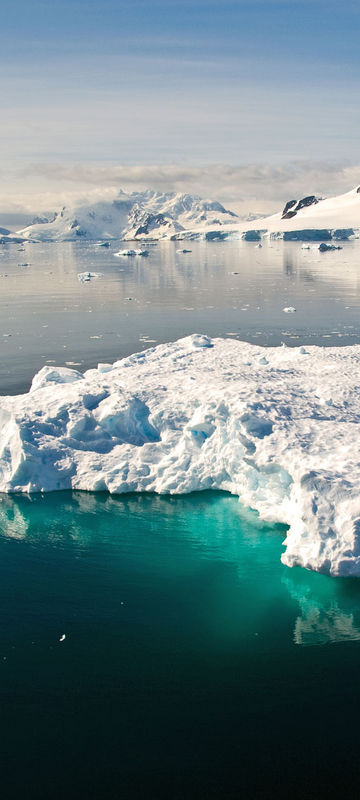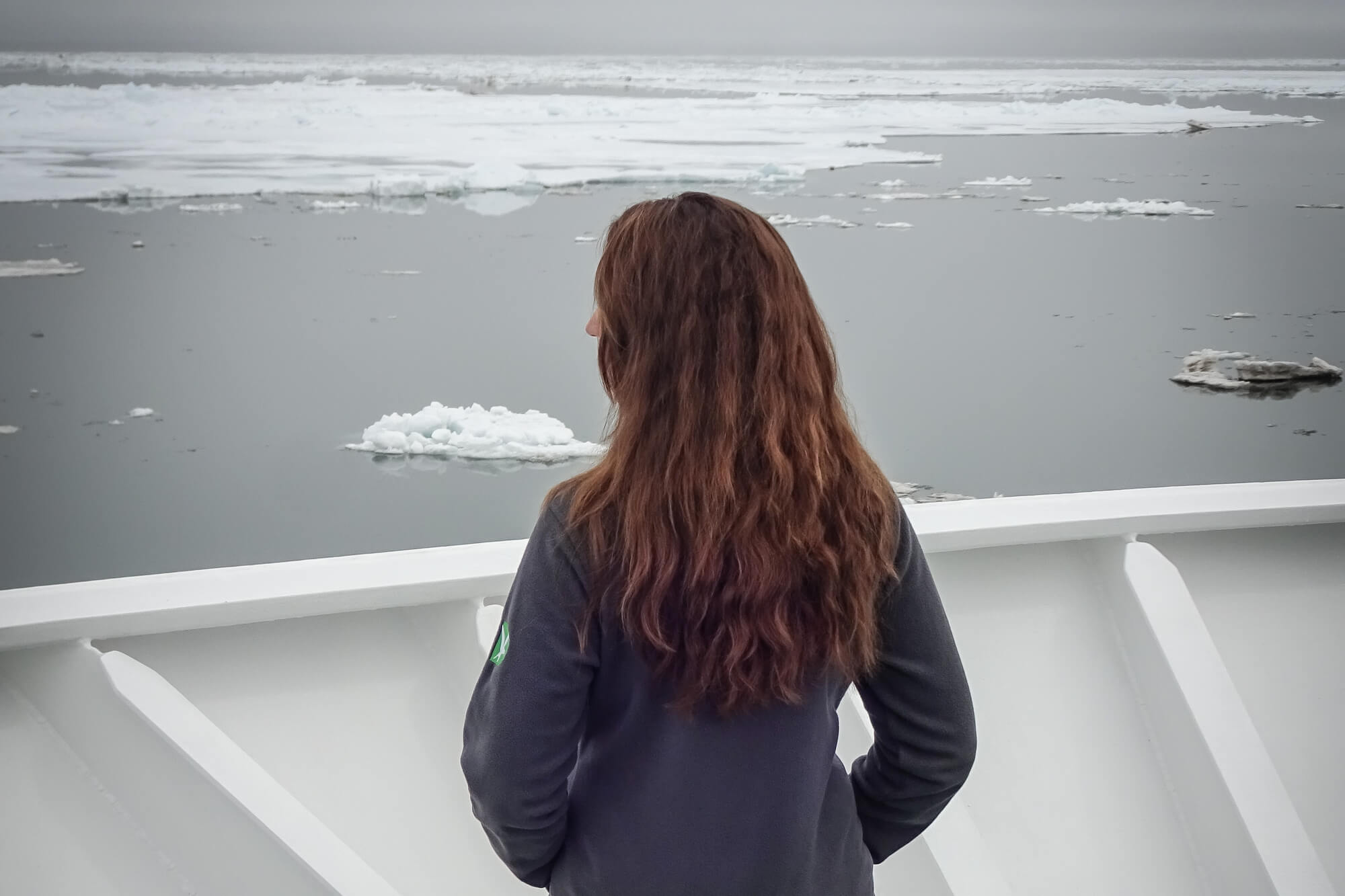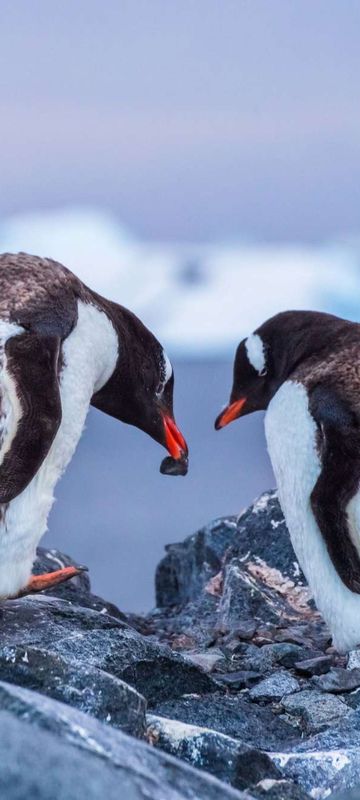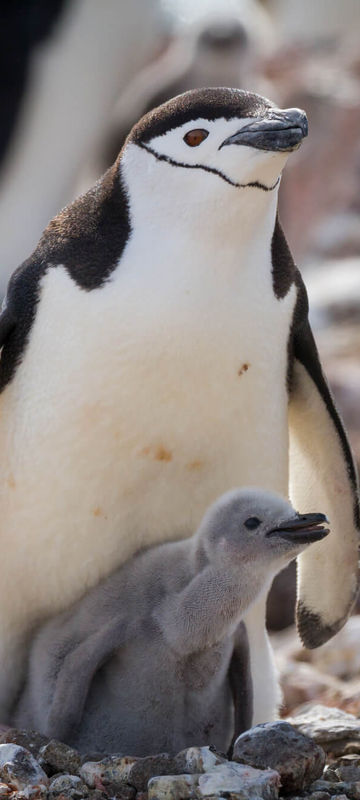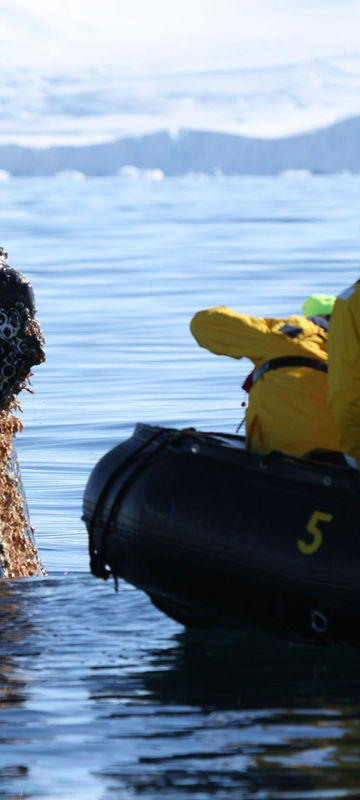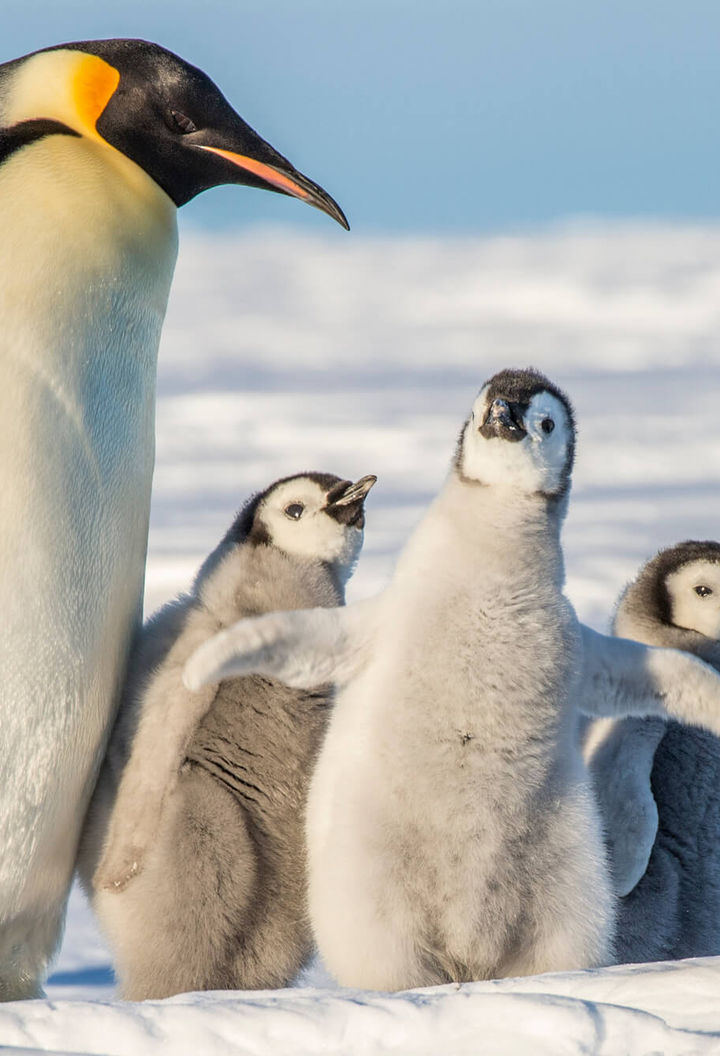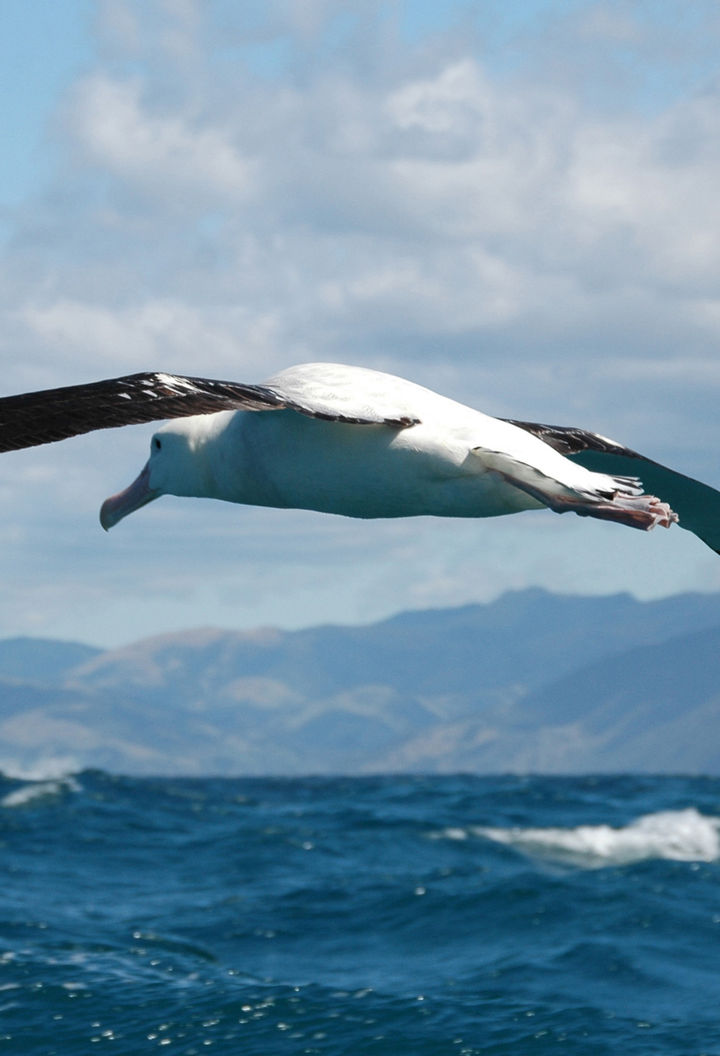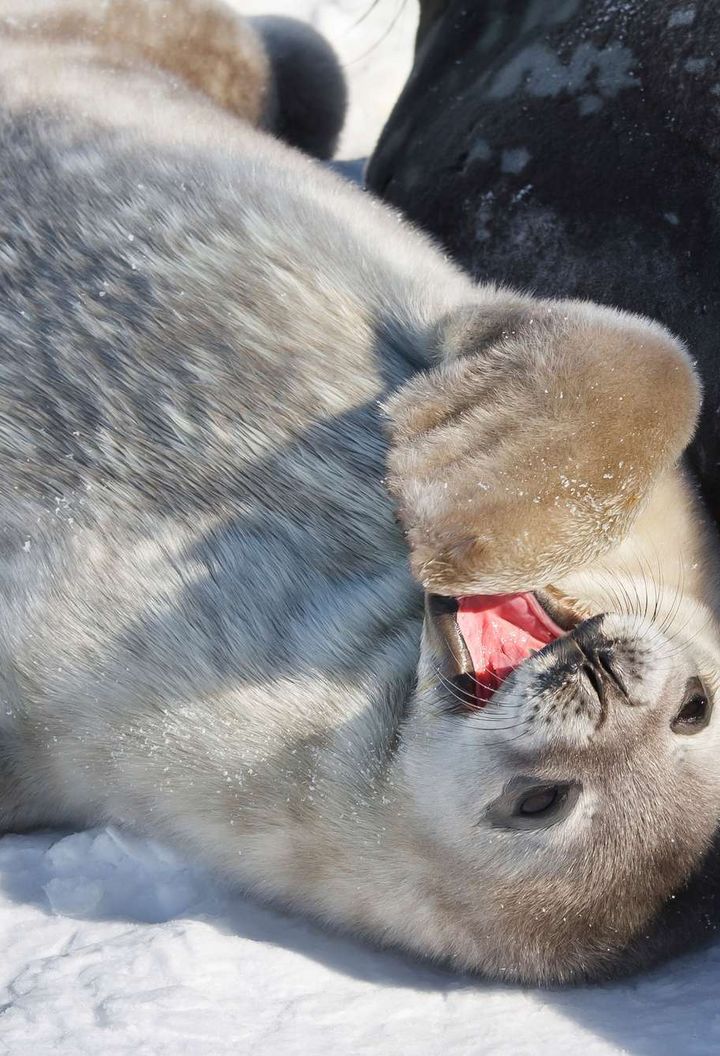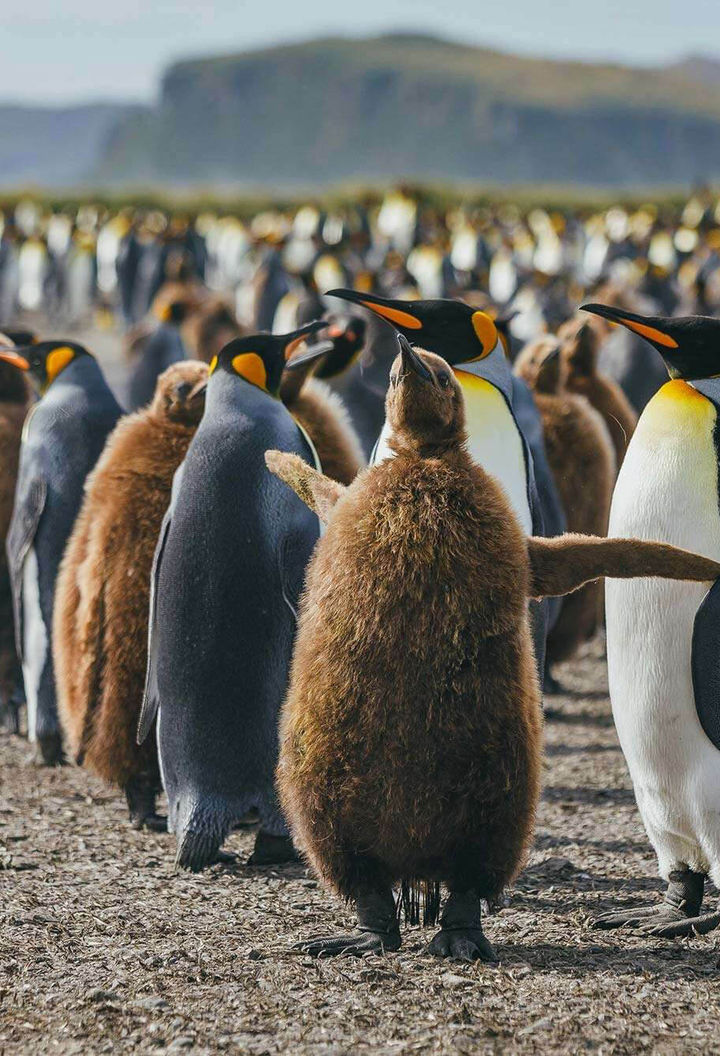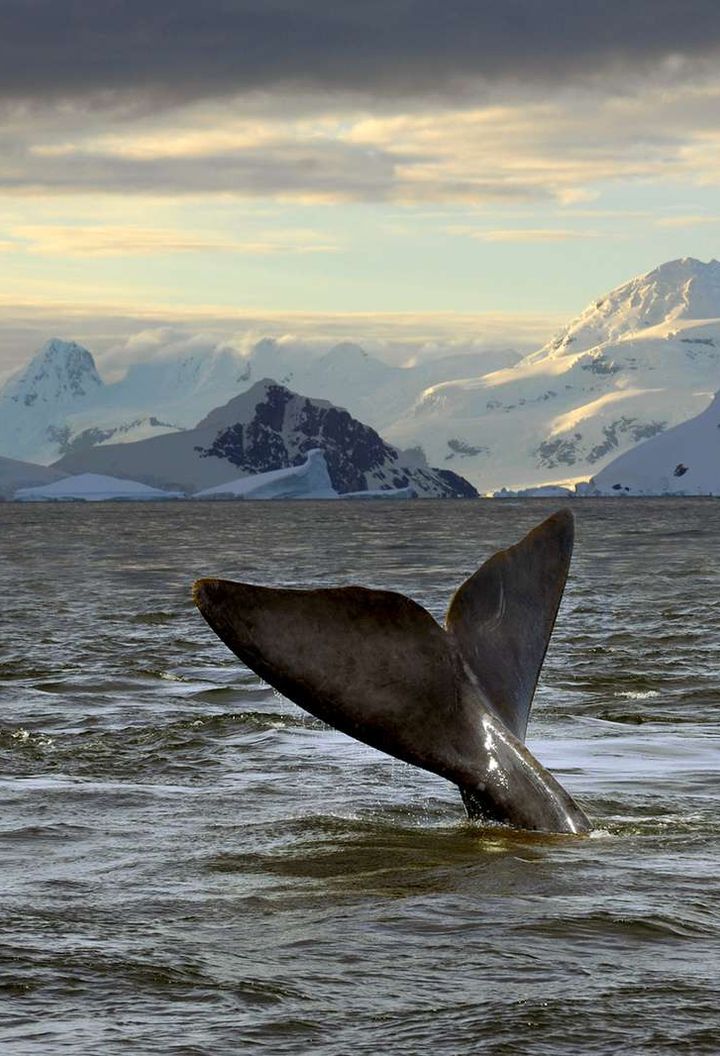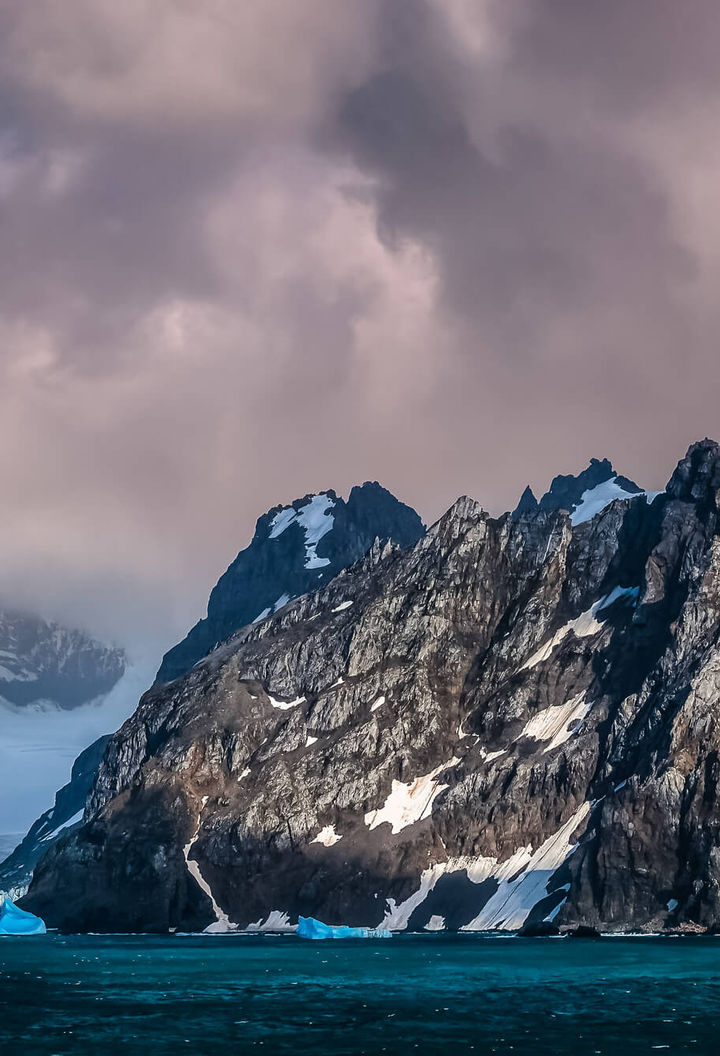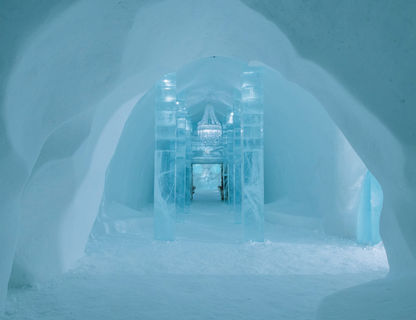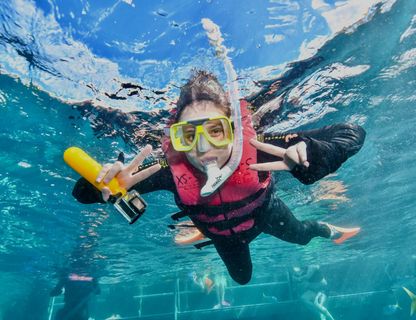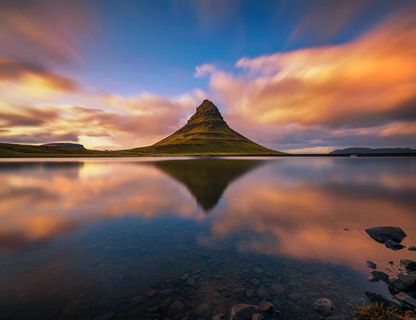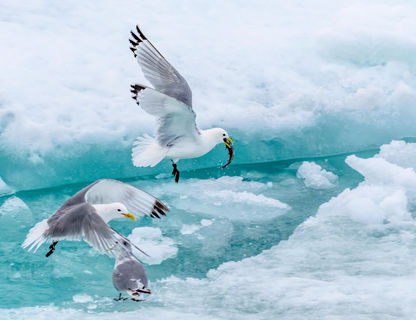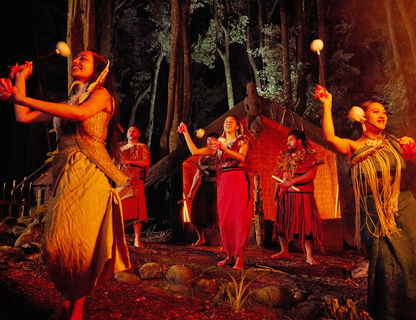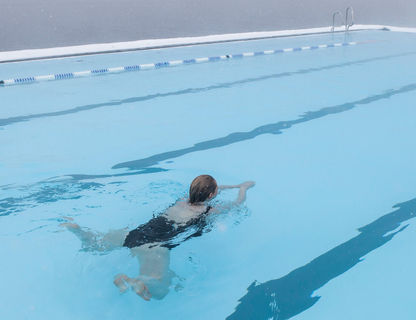October
Antarctic voyages tend not to start until the latter half of the month when the pack ice begins to break down around the Peninsula. At the start of the season, landing sites are at their most snowy and pristine, offering superb conditions for photographers (24hr daylight is yet to come, so expect rich colours at dawn and dusk). This is also the start of the courtship and mating season for penguins in South Georgia and the Falklands. A voyage combining these sub-Antarctic islands with the Antarctic Peninsula is highly recommended at this time. An expedition voyage through the Weddell Sea in October or November will give you a chance to visit remote emperor penguin colonies.
Average max daytime temperature -15°C; min night time temperature -23°C; 14-17 hrs of daylight
























